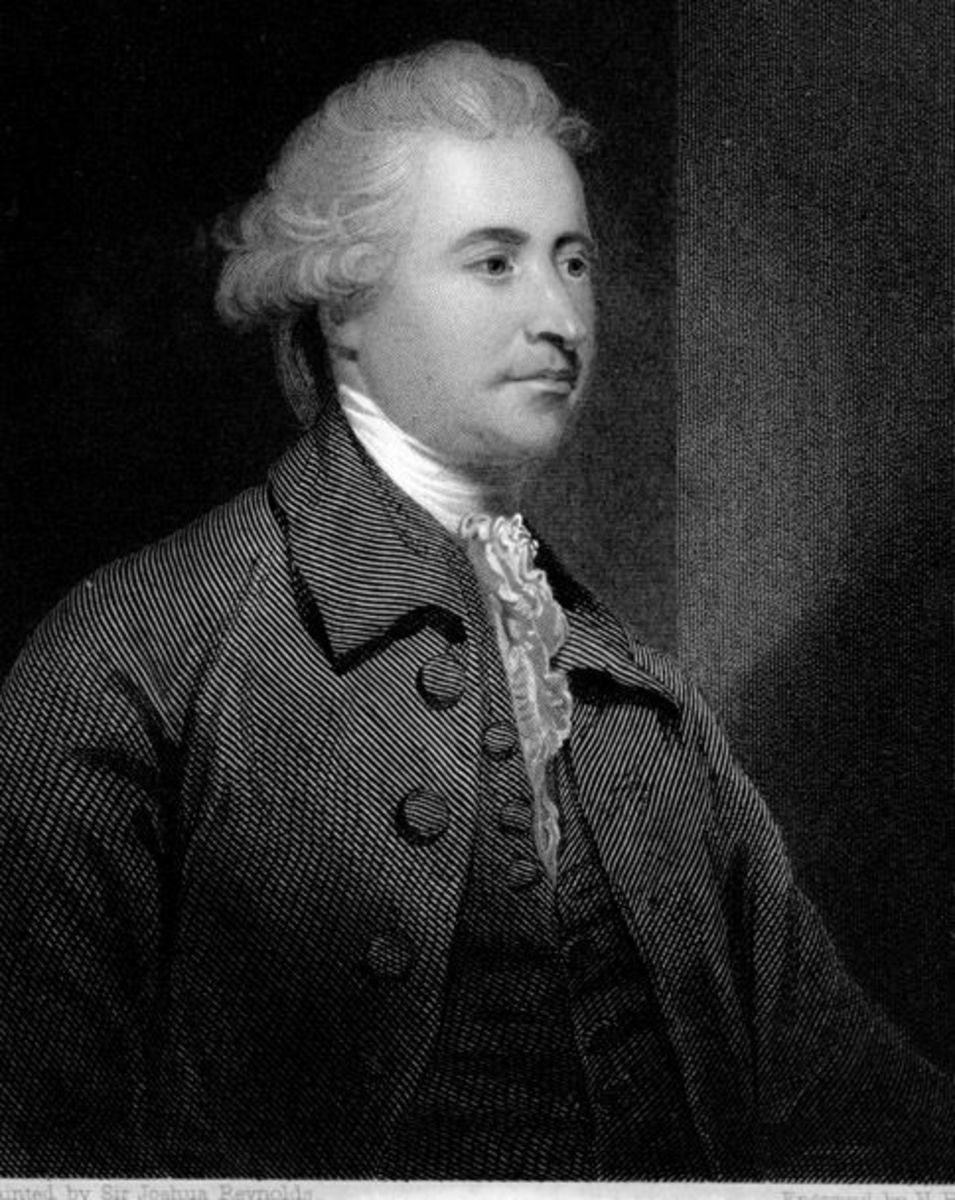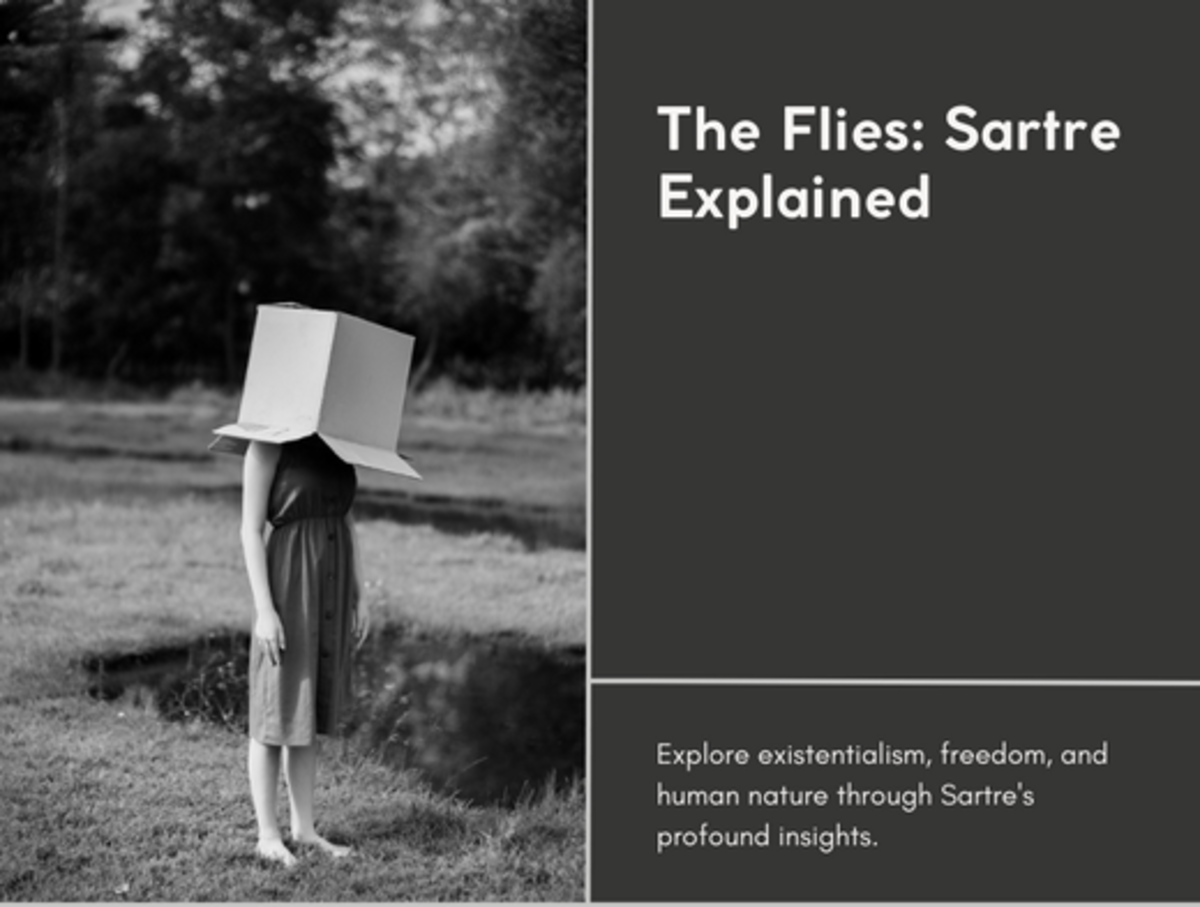Modernity and Democracy On Trial
The artwork of the Italian Renaissance is considered momentous for its in-depth focus on the portrayal of the individual. In fact, this progression in art work was indicative of a much greater movement in reason which was to encapsulate all of Europe and the world for the duration of the fourteenth century and irrevocably onwards. Two scholars willing to counter that this movement was one of many in history which render our world morally waning and individualistically obsessed, are Professor Jean Bethke Elshtain and Charles Taylor whose writings will be the focus of this review. Elshtain’s thesis circulated around the concern for human freedom as a result of the political, economic and societal environment brought on by democracy. While Taylor shared a similar interest in the preservation of human freedom, Taylor’s arguments were more philosophical and general in nature and consequently seemed to deliver a more relatable point of view. Both works share a similar religious and faith driven concern for human morality and cite numerous religious figures as the authority in discussing human nature. While the discussions put forth by Elshtain and Taylor demonstrated a similar deep concern for the welfare of human nature and freedom; both offered varying outlooks on the future of democracy and modernity.
The Role of Civil Society: Individualism
Both Elshtain and Taylor gave significant attention to the topic of individualism as this term served as the foundation on which their visions for the future stood if the current reality were to progress. Elshtain’s discussion of the individual was, of the two books, more focused on defining individualism as a form of egoism and paid less attention to the philosophy and psychology of the digression than did Taylor’s analysis. For Elshain, the individual is incompatible with a successful modern age on the basis of their disinterest in anything “that does not revolve around their identities (Elshtain, 57)”. Individualism is the flaw of modern society because it breeds civic idleness which Elshtain identified as the weakness which will bring about a loss of freedom and a transgression into a centralized state. Taylor on the other hand, quoted St. Augustine in his presentation of individualism as a weakness because it feeds and facilitates human pride. The road to God lies in our ability to “pass through our own reflexive awareness of ourselves” (Taylor, 27). This, Taylor illustrated is the fatal flaw within an individualized society because it prevents this passage by distracting society within vanity and pride.
Nevertheless, Taylor was similarly concerned for the future of the individual and gave this predicament significant attention in his discussion of the three malaises. Taylor communicated that his fear regarding the condition of the individual is that where in past societies the individual was defined by the ‘great chain of being’ or rather the cosmic, spiritual and earthly ordering of people, in modern society the individual is increasingly defined by the fulfillment of his or her own wants and consequently becomes “enclosed in their own heart” (Taylor, 6). Taylor continued with his discussion of the plight of an individualized and self-seeking malaise by quoting Tocqueville in his description of the political consequences of “instrumental reason” which is Taylor’s term for an economically prioritized society. Ironically, Tocqueville as cited by Taylor demonstrated that through the cruel cycle of human nature the individual will inhibit his freedoms, through the enjoyment of his capitalist gains. Taylor cited the destruction of our environment in pursuit of immediate economic profit as an example of the extent to which the individual operates in the here and now, as opposed to considering future ramifications.
Like Elshtain, Taylor advocated the ‘cure’ of civic participation, that is, the participation of people in the goings on of their government at various levels of jurisdiction (Elshtain, 28). The inevitability of restricted freedom became apparent where Taylor outlined the progression from a self-absorbed populous, to the decline in political participation, to the collapse of civic associations and the consequent prevalence of nothing but the centralized state. In this Elshtain and Taylor have similar outlooks as they are distrustful of the centralized state, however, Elshtain placed an emphasis, lacking in Taylor’s discussion, on the significance of government at the judicial level and the involvement of regular people in making decisions in the various extra-curricular institutions they participate in (i.e. universities, civic discussion groups etc.) where Taylor’s discussion was focused more generally on the individual not becoming self-obsessed and being socially aware of his responsibilities as a citizen.
Hindrances to a true, effective, Modern Age
Elshtain, like Taylor, built on her discussion of the perils of an individualist society to formulate grander pictures of the hindrances to a true and effective modern age. The stepping stones across the pond of soured individuality however were arranged considerably differently from those of Taylor. Elshtain’s discussion transitioned from individuality, to self-obsession, to the individuals search for a sense of identity in ‘new’ and expansive territories, pushing the boundary on the individuals ‘freedoms’ further and further until society is unrecognizable. From here Elshtain presented that while individuals have the state-given right to protection of their person, they do not and should not have the right to rally for political and therefore social validation for their personal habits which she terms identity politics (Elshtain, 53). Summarized, Elshtain presented the case of homosexuals by demonstrating that just as gays should not be subjected to harassment lawfully, their habits of individual expression should not be forced upon the greater public as acceptable. For Elshtain the greatest hindrance and the greatest injustice that can be done as a result of this expansion of individualist needs was the expanding of the personal into the political.
Elshtain was extremely persuasive in getting her message across; clearly written and vehemently argued her presentation was very accessible. However, her discussion of the extent to which democracy was not doomed was less convincing. The confusion lay in her aforementioned distain for the transition from the personal to the public. Elshtain drew a line between civilly acceptable rights worth petitioning and those rights which are assumed and do not exist: “no one has a right, as a gay, a devotee to an exotic religion, or a political dissident, of his activities, values, beliefs, or habits (Elshtain, 54)”. The frustrating contention to this declaration, however, was that during the age when the “great chain of being” was in existence, a woman presuming to have thoughts in her head worth writing down and publishing, would have been considered an ‘activity’ for which she had no right. And while no one would have prevented her from pursuing her habit (the state would have provided her enough security for her to write in peace), suggesting that female authors become an accepted aspect of society and the work force, was simply preposterous. Similarly, the same Civil Rights Movement which Elshtain cited in her concluding chapter as having been a demonstration of the kind of civic participation she was advocating was only justifiable because of the sought-after individual rights of the black population of America (Elshtain, 126). Consequently, one would reasonably ask, what is it about women and African Americans that Elshtain believed they have the civil right to protest at a political level in the name of injustice where gays or religious reformers do not? What Elshtain failed to cite, was which measuring cup for normality she used when sifting out the gays from the blacks? If Elshtain’s argument is to be followed, one must be provided with a definition of the maximum capacity to which one can be an individual before it becomes a ‘personal’ habit over a politically justifiable breech of rights.
Taylor described the hindrances to society first by defining relativism, authenticity and instrumental reason as key components which contribute to the degeneration of the human experience (Taylor, 21). In his discussion of authenticity as it relates to the development of individualism Taylor quoted Decartes and Locke to present two forms of individualism, one the ideal original, and the other the mutated form which lacked a central focus on what was good in terms of social responsibility and replaced it with what was good for the self-seeking individual (34). This discussion of the path to authenticity is how he organized the gradual breakdown of democracy as a result of individualism. Although Taylor’s argument was substantially comprised of a discussion of the three themes outlined above he did present other noteworthy arguments for the support of a revision of modern priorities. His discussion shifted in the last two chapters towards a discussion of the disenchantment spurred on my technological, industrial, and agricultural revolutions, which he presented as having started the process of blinding human nature to everything save for selfish interests. His argument trespassed on a much grander idea than was touched on in the Elshtain piece which believes humans have embarked on a path that is in constant opposition with our nature, and the nature of the earth. Taylor presents: “We have lost the contact with the earth and its rhythms that our ancestors had. We have lost contact with ourselves, and our own natural being, and are driven by an imperative of domination that condemns us to ceaseless battle against nature both within and around us (94)”. Reason, Taylor suggested, is our true enemy as it was reason which advanced humans to a condition so comfortable it was idle and unnatural. A condition Taylor suggested has divided human beings “within themselves, between themselves, and from the natural world (Taylor, 94).”
The persuasiveness of this argument succeeded and the logic of it was sound in the way that a math equation is logical. The only difficulty in applying mathematical logic to human beings is that the human mind does not work like a clock. Consequently, if one were to throw the argument of human instinct on the table across from Taylor’s argument that human reason has contributed to bringing humans to this unnatural condition of obscene individuality one couldn’t help wonder if he was therefore suggesting that human instinct was unreasonable (Taylor, 29)? The aforementioned Augustinian notion of passing through pride in order to access divinity when combined with Taylor’s suggestion that the misuse of human reason has been the cause of the degeneration of human nature suggests that perhaps what Taylor was suggesting, was that human beings failed the Augustinian test when they utilized instrumental reason to advance their own comforts. Perhaps what Taylor was hoping to convey was that human nature was intended, on a moral level, to register innovation and progression in the name of comfort but instead of acting on it, rather pass through it, as one would pass through prideful thoughts (Taylor, 19)? This is an extremely dissatisfying notion however as it is human instinct to progress in the same way as it is human instinct to survive; but perhaps these instincts fall into the category of human reason Taylor warned against. Taylor was likely limited to the size of the book and therefore could not extrapolate further but further discussion on role played by human reason and human instinct would have been very interesting.
The New Social Reality
After lengthy discussions about the flaws of modernity and democracy both Taylor and Elshtain sought to end their otherwise condemning discussions on a positive, uplifting note and consequently outlined their proposed remedies at the end of their work.
Elshtain’s discussion at this point however branched out on tangents that were not consistent with what she presented or perhaps could have been organized in a manner so as to be clearer about her conclusions. For example, up until the concluding chapter Elshtain’s argument was focused consistently on her discussion of democracy in America. However, in the last few pages of her discussion will be found less relevant references to Athens, which to the knowledge of this reader, presented a version of civil involvement which compromised many other areas of life as allegiance was owed for a variety of more pagan than democratic beliefs (Elshtain, 128). Overall her arguments in defense of civil society seemed, to this reader, only to fuel the same arguments which gays, multicultural, or exotically religious could use to justify their rights in the public sphere. What’s missing was a discussion of which criteria condone a civic movement and which do not. As using Elshtain’s current argument it would appear that anyone who protested for public validation of a reality that effected the majority is considered being civically involved, which is a good thing overall for the future of democracy. But if this was the case, then presumably in order to have a reality validated by the public government one would have to involve enough people, and one would have to demonstrate that they are being oppressed in a manner which restricts an ancient right, such as the right to self-determination. Similar movements were enough to validate the Civil Rights Movement and women’s rights, but for some reason Elshtain refused to grant this validation to homosexual or multicultural movements. Therein lay the contradiction between her conclusions.
Taylor’s conclusions of the less than imminent failure of modernity and democracy lay in his discussion of the prevention of fragmentation. Taylor described fragmentation as the category of individualism when people are no longer capable “of forming a common purpose and carrying it out” (Elshtain, 112). During his discussion of this Taylor cites Canada’s diversity as its saving grace, in that it has not progressed as far in the direction of centralization as the U.S. because of its innate multiculturalism. While this offered a nice contrast to Elshtain’s views on multiculturalism, Taylor ultimately offered little as a suggestion to aid in the prevention of fragmentation but rather cited that it simply must be prevented. As a further complaint with Taylor’s conclusions one would cite his continual use of cyclical thinking (Taylor, 10). It is not that this type of thinking is ineffective but rather in this case was not presented in a manner as to be rendered logical for the reader. For example, in the out start of his work Taylor drew a link between individualism and the loss of moral horizons and from this link spurred a plethora of nasty webs which lead to the eventual fragmentation of society which he discussed in his conclusion. But what failed to be presented was where this link culminates? Again what failed to be presented is how the assertion of one’s identity and the pursuit of things which soothe this identity are at all linked to the loss of morality and consequently the cycle of restricted freedom as presented by Taylor. In these regards Taylor’s work was not as persuasive as it could have been.
Despite minor areas of confusion in both works the overhanging themes present that the pursuit of freedom and democracy may come at a cost to morality and may in fact lead to a reality of restrictive, centralized government. The value of these works therefore as a mechanism to ward off selfish behaviors, is powerful. What both Elshtain and Taylor were trying to achieve was to present that the traditional human focus on attaining freedom and identity, may in fact be the force which drives them to confinement. I believe this message is an important one to develop and share in civic institutions however I feel it is important to end on a note which suggests a solution to the current malaise. Unfortunately neither of these works presented a practical from of government which is safe from imposing this reality, neither were any policies which would help the reality presented. Nevertheless, the works offer a general solution which is to avoid the pursuit of identity swelling activities and rather fuel ones sense of social responsibility. In this sense, both works stayed true to their Christian natures in advocating a “love one another” solution to temptations of secular government. Humans are encouraged therefore to value the work of the civil government and become involved in institutions available in their community (churches, universities etc.) which work to preserve the greater social good.








